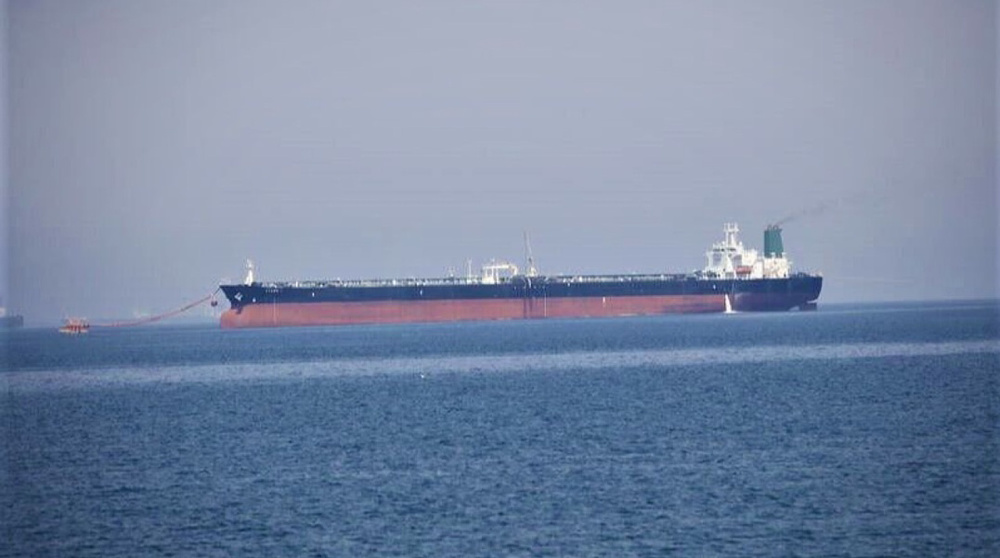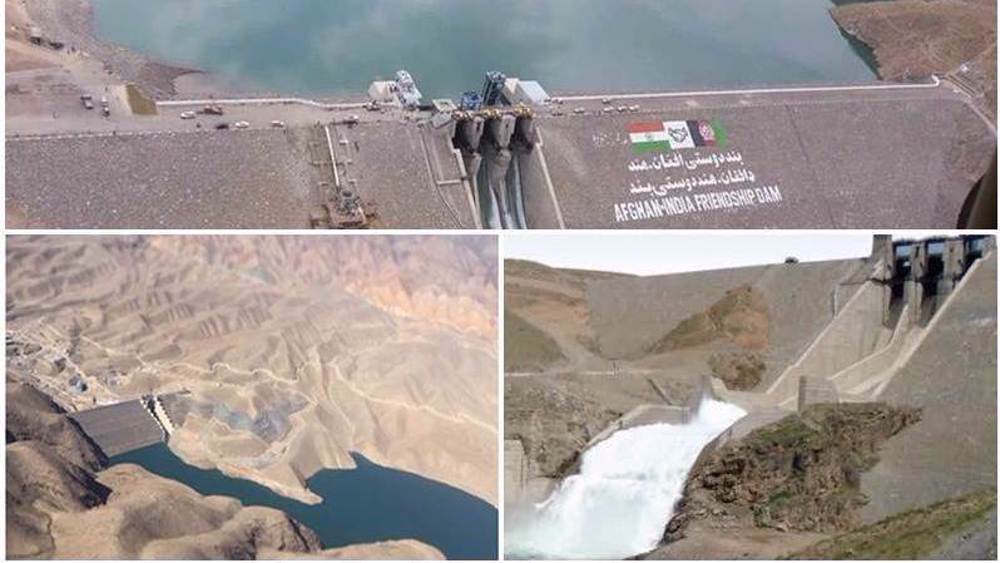Iran oil production to hit 4.2 million bpd
Iran’s oil production will reach 4.2 million barrels per day by the end of 2016, Minister of Petroleum Bijan Zangeneh has said.
The country, sitting on the fourth largest oil reserves, is waiting for US-led sanctions to be lifted as part of a July nuclear accord in order to ramp up production which currently stands around 2.8 million barrels a day, according to experts.
Zangeneh, quoted by CNN, said Iran will not hold back its oil production once the sanctions are lifted.
“Can we wait and not produce after lifting the sanctions? Who can accept it in Iran? Do you believe that our country will accept not to produce, to secure the market for others? It’s not fair,” he said.
Certain sections of the international media are awash with alarmist articles about the prospect of Iran returning to pre-sanction oil production levels, warning it would lead to a new price crash.
Record production by the US and Saudi Arabia has led to a glut in the market, pushing prices to around $40 from last summer’s highs of above $100 per barrel.
The Saudis are said to have been intentionally driving down the prices in order to keep out the shale oil, but Zangeneh said the reaction of the market and shale oil producers shows that it has no important effect after one year.
Officials have said Iran will be able to raise crude production by 600,000-1 million barrels per day within a period of six months after the removal of sanctions but Zangeneh told CNN he expects the figure will be higher.
China's August crude oil imports from Iran rose 61.4% from a year earlier to 2.136 million tonnes, or 503,110 barrels per day (bpd), customs data showed on Monday.
On a daily basis, August imports fell 12.6% from 575,700 bpd in July, Reuters reported.
Meanwhile, South Korea’s total crude oil imports from Iran in August rose 3.5% to 88.7 million barrels, data from state-run Korea National Oil Corp (KNOC) showed on Tuesday. They fell 2.7% from a year earlier.
VIDEO | Press TV's news headlines
Panama to Trump: Canal's sovereignty 'non-negotiable'
Great Prophet 19: Iran’s military might on display amid heightened regional tensions
VIDEO | Iran in 2024
VIDEO | Children bearing brunt of humanitarian crisis in Gaza
VIDEO | Gaza’s missiles & Haredi crisis
Gaza hospitals 'have become death traps', UNRWA warns
US launches airstrikes on Yemen in fresh acts of aggression










 This makes it easy to access the Press TV website
This makes it easy to access the Press TV website